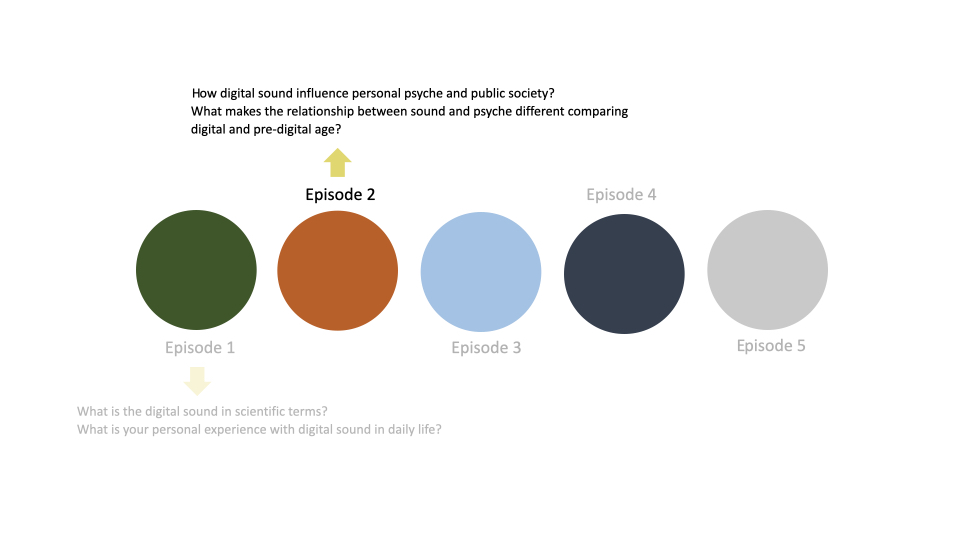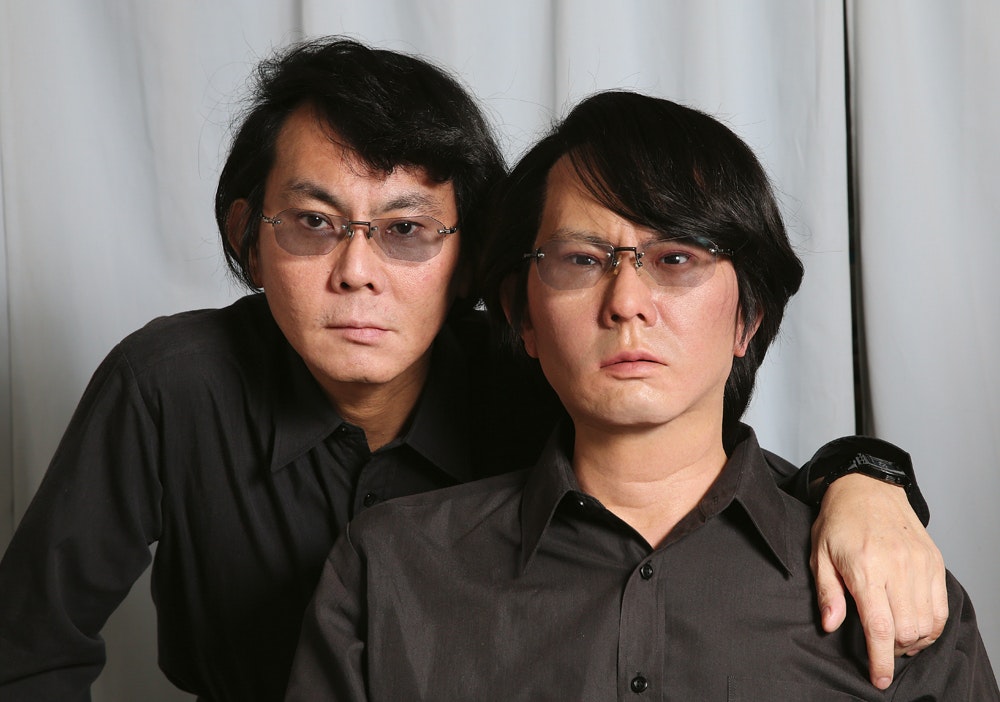As we introduced in the last episode, “the podcast series Digital Soundscape consists of 5 different episodes, which aim to offer deeper insights into digital sounds generated in/by digital space. With team members Annabel, Augustina, Cara, Viktoria, and Jiyoung, we use our five different episodes as an ongoing conversation.”
QUICK RECAP: Cara, Viktoria and Jiyong talked about the scientific ontology of digital sound and discussed about some examples of digital sounds on an individual level and how they influence people’s life and mentality.
In this second episode, Annabel and I(Augustina) pick up the question raised in episode 1: What kind of digital sounds do you encounter daily? Developed from our own observations, we talked about those digital sounds on the public level of urban life mostly unnoticed in daily life as digital and with both psychological and sociological influence in our daily experience. For example, the sound effect of the traffic lights🚦, or “Mosquito alarms”(high-frequency ambient sounds) that is used by hospitals to keep teenagers away. Our reflection on the phenomena of those digital sounds naturally led to what makes the relationship between sound and psyche and society fundamentally different, compared to the pre-digital age.
Finally, we discussed sounds which have referents to organic sounds, which are called auditory icons and examples are given in a sound collage by Annabel. Augustina reflected on the differences between the digital sound and its real referent and asks the question of whether a feature of the digital age is digital sound without a referent, such as techno music. We look forward to how the group answers in the next podcast!]

Hope everyone enjoy our podcast and see you at our third episode~
Production List:
- Producer: Viktoria
- Concent and speaker: Annabel, Augustina
- Sound resources: Annabel, Augustina
- Editing: Annabel, Augustina



Thank you for your podcast’s interesting topic! Sound(scape) definitely needs more recognition within daily discussions, and for example the art field, your podcast is a wonderful contribution to that!
I think even ASMRs whole existence is a result of technological developments in Digital Media. ASMR stands for ‘Autonomous Sensory Meridian Response’, which it is not widely known for. Few people actually know of this term (even I had to look it up again, though I’ve been a fan of ASMR for several years). People associate ASMR with YouTube videos of people whispering, tapping things, fetishes, nasty eating sounds, etc. It has become a whole concept in itself.
The most frequent consequence of digital media is the spreading and range of ASMR across YouTube channels. Millions of free ASMR videos exist for anyone to watch, while some so-called ‘ASMRtists’ can also make a living off just its revenue.
Moreover, as you briefly mentioned, what I think enabled this genre to become a ‘thing’ is the improvement of technological devices to record and listen to ASMR. ASMRtists invest loads in high-production microphones and other attributes in building their recording studio, often located at home. Besides, most videos show at the beginning of the video a recommendation to wear headphones so you will be able to capture the binaural sound or just the high quality of sound produced. Therefore, the quality of the listener’s earphones, or other listening devices, also plays an integral role in the reception of ASMR.
Looking forward to your next podcast!
Like I said in class, it is such an interesting podcast because the podcast does not only talk about sound, it is a SOUND itself! Sound is something that we are so accustomed to (e.g., your example of traffic lights) and it has so much to do with our culture and practices. More importantly, digital techniques allow us to create new sounds with sampled analog sounds.
If you are interested, feel free to check out Lorenzo Ferrarini’s and Nicola Scaldaferri’s pioneering work on sonic ethnography in Southern Italy.
This was so interesting! I LOVE the sound of the traffic lights in the Netherlands! For example when I’m back in Turkey, I need to focus on the light visually, whereas in the Netherlands I don’t really need to look if it’s red or green but just listen to it. Personally, I find the traffic lights in the Netherlands much more practical and easy to follow.
It is crazy to think about how much the sounds around us effects us and our behavior. And how sensitive we are to it.
There is an app (unfortunately not free so I used it only during the trial period) that claims to create AI generated digital sounds to help you relax/sleep/or focus and it’s called Endel. They claim that the sounds personalized based on user activity and they even claim that it can give people “brain orgasms”.